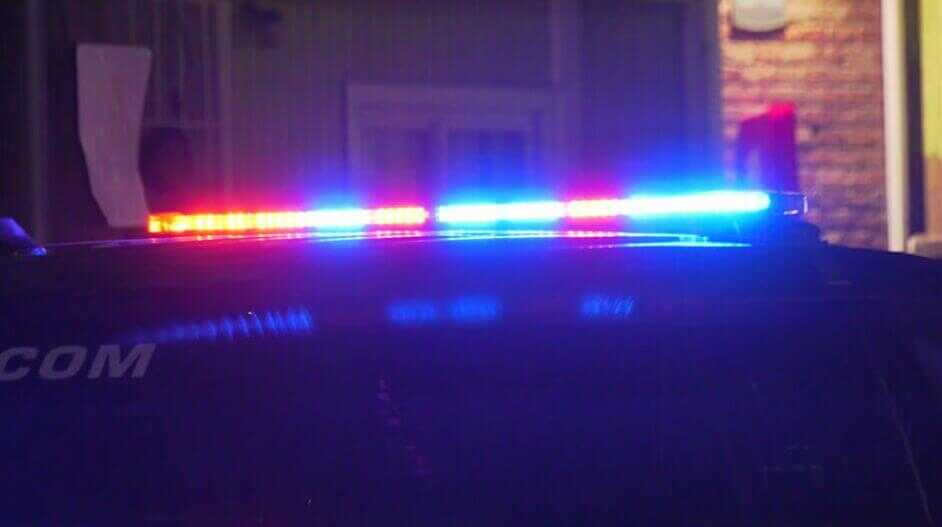Category: Hard Nosed Folks Both Good & Bad

A Houston homeowner called her father and a neighbor for help Monday night when an intruder refused to leave.
Around 11:15 p.m., the stranger appeared at the door. According to Click2Houston, the homeowner did not expect him and he refused to leave.
Montgomery County deputies issued a report on the incident.

Call the Off-Duty Cop For Help
“Feeling threatened, the homeowner contacted her father and a neighbor for help,” the deputies said.
The homeowner’s father is a retired officer from the Houston Police Department. The next-door neighbor, a homicide officer of 9 years with the HPD, was off-duty when she called.
When the father and neighbor arrived, the intruder was still there. The police have not determined what happened when the two officers arrived. They confronted the intruder.
Shots Fired
The conflict grew, and both the father and neighbor shot at the intruder. He received multiple bullet wounds.
The homeowner attempted to help him before the deputies arrived. Sheriff Dolittle said they escorted the suspect to nearby Memorial Hermann Hospital.
After treatment, officials said the intruder is expected to survive.
Investigation Into the Off-Duty Cop and Father
The Sheriff’s Office, HPD, and DA’s Office are investigating the shooting now. They placed off-duty officer on standard administrative leave while the investigation is underway.
Charges are pending against the “prowler,” Dolittletold Click2Houston. Dolittle thanked his deputies in a social media statement.
“I am grateful for the diligent efforts of our Deputies, who work tirelessly day in and day out,” Dolittle said.
Authorities have not reported whether the homeowner, her father, or the off-duty officer were injured.
A United Community Is Better
A study conducted by the Pew Research Center discovered that 60% of American citizens are concerned by the crime levels in our country. Other studies, on the other hand, claim that our crime rates are dropping.
Whether crime rates rise or fall, the problem remains.
(The Folks in Texas tonite Grumpy)

